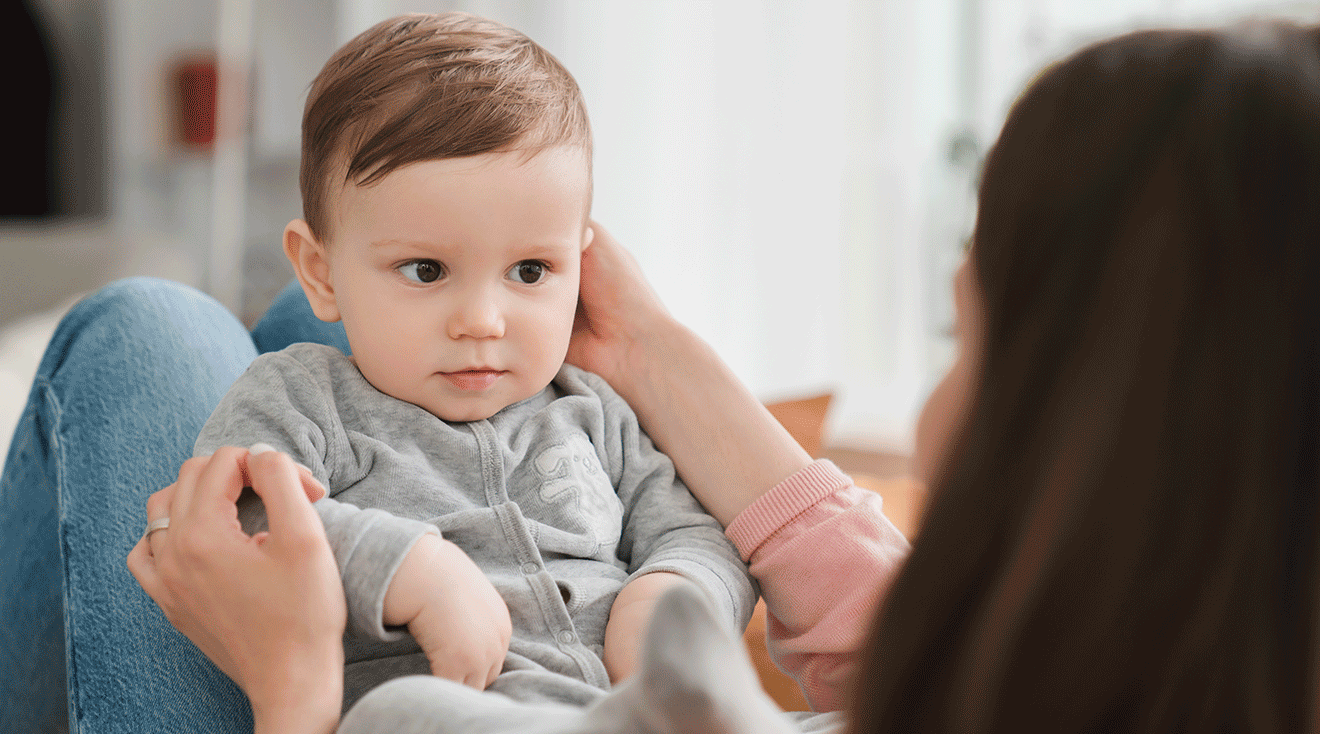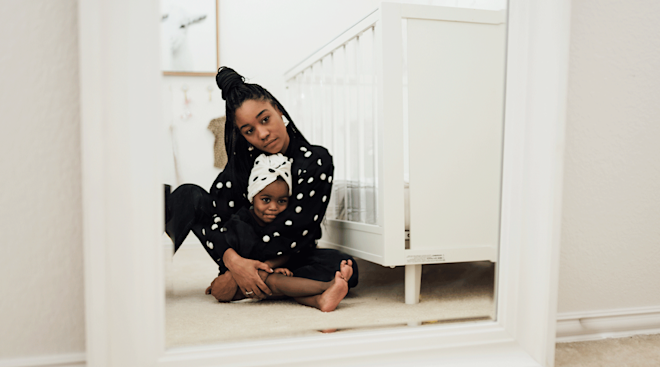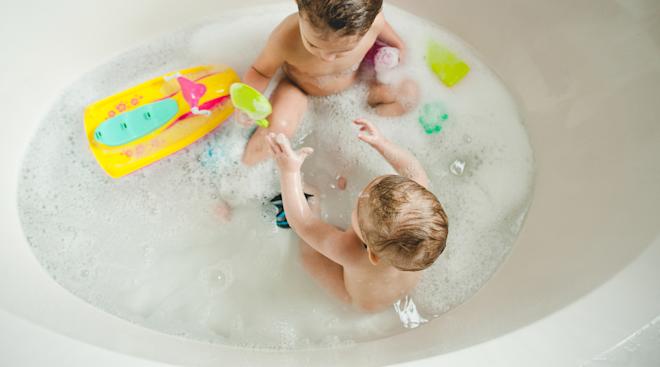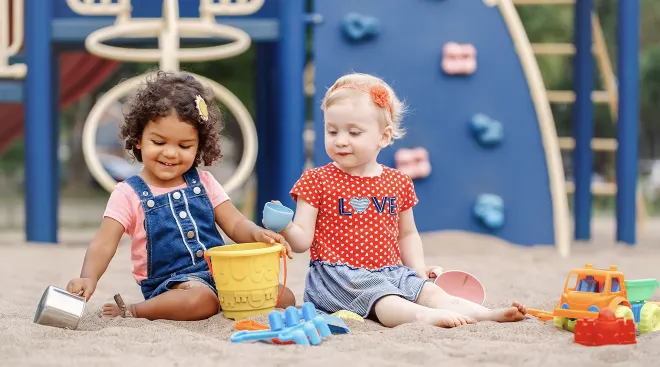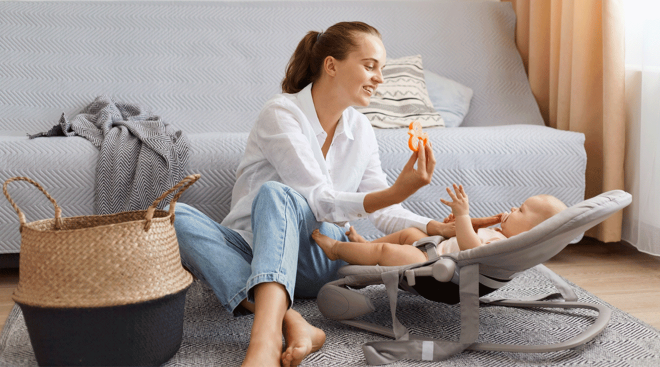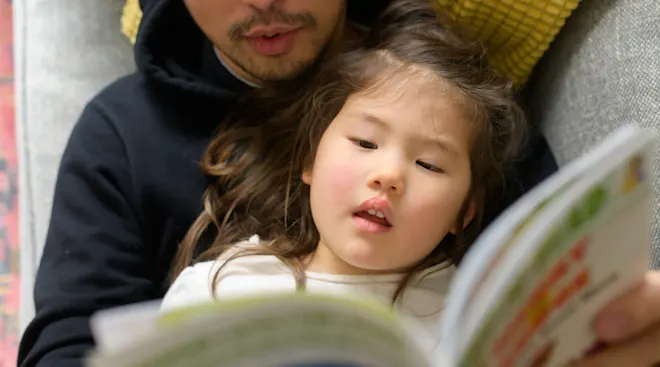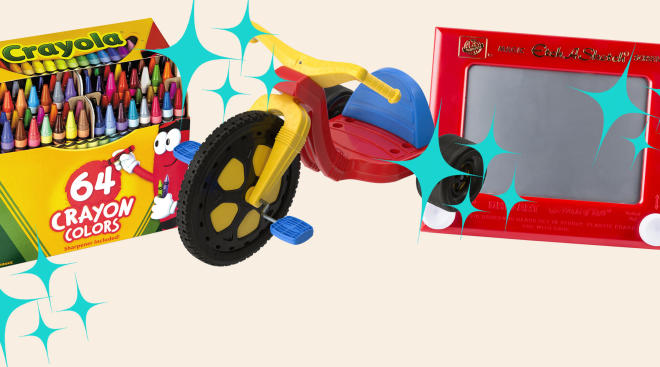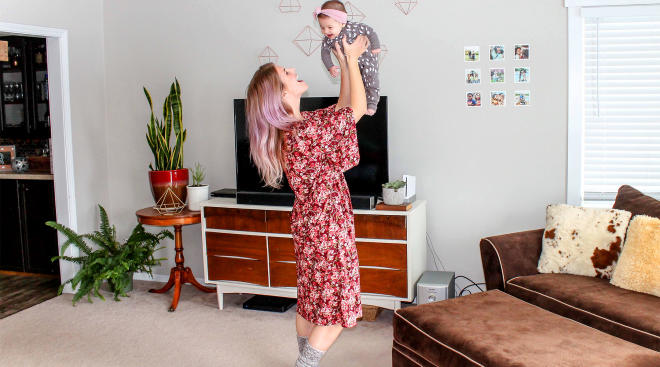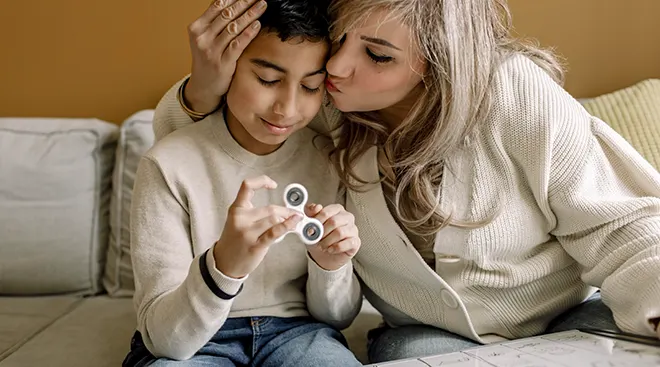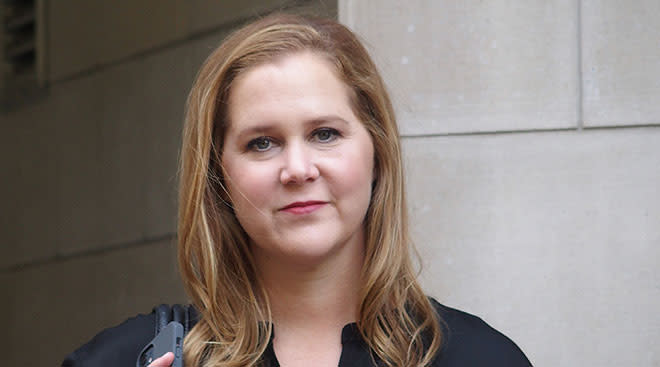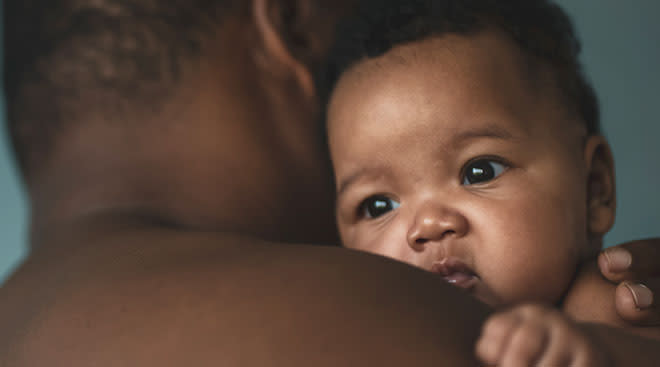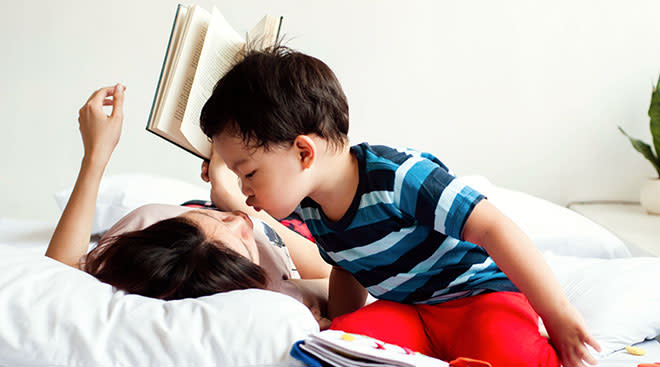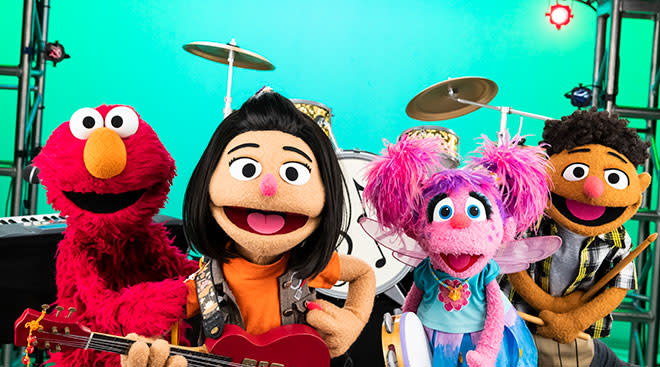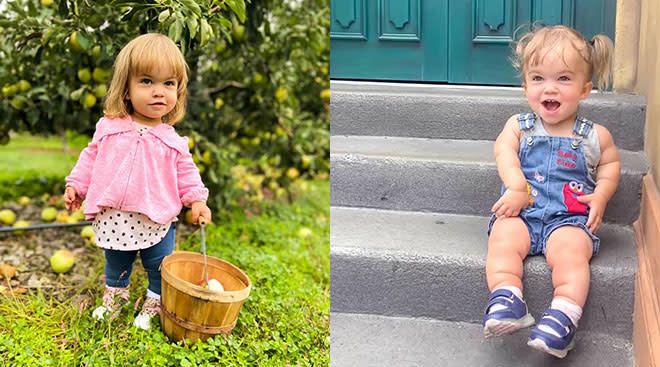When Do Babies Understand No?
Whether you use the word “no” to stop baby from pulling your hair or putting something way too small in their mouth, it’s important to teach little ones to listen to directions and respect boundaries. But that doesn’t mean it’s easy! For starters, your little one is just too cute to stay mad at. What’s more, sometimes, it’s hard to know whether babies and toddlers understand basic commands at all. So when do babies understand what “no” means?
Read on to learn what experts have to say about baby’s comprehension—plus get effective and age-appropriate tips on helping guide baby in the meantime.
While there’s no definitive age when all babies grasp the command and stop doing unwanted behaviors, little ones typically begin to understand the word “no” or the meaning of a head shake around 9 months, says Dipesh Navsaria, MD, professor of pediatrics, human development and family studies at the University of Wisconsin–Madison. It’s around this age that babies come to recognize that others have different feelings, desires and motives than they do. As a result, when others say “no,” the word holds greater meaning. And it helps that we often accompany the word with facial expressions such as a frown or a change in tone, all of which help babies associate it with disapproval, he adds.
It’s never too early to communicate with babies when their behavior is unsafe or unwelcome, says Tina Payne Bryson, PhD, LCSW, a psychotherapist and author of The Bottom Line for Baby. After all, setting age-appropriate boundaries can help babies learn right from wrong so they can make good choices when they’re developmentally ready.
That said, it’s important to keep your expectations in check for now. Experts agree that very young babies’ brains aren’t fully equipped to recognize and respond to commands. In fact, it’s developmentally normal for them to give into their every desire—even when their impulses conflict with rules that they more or less understand. “They may not be able to help themselves,” Navsaria says.
No matter when you start to discipline your child, you’ll want to make an extra effort to practice patience. After all, an 8-month-old throwing food is experimenting with newfound fine motor skills and exploring new concepts like gravity—and you don’t want to punish your child for being a curious infant, Bryson notes.
Sure you’d like to keep baby’s behavior in line, but be mindful of how often you use the word. According to Bryson, many parents tend to use the word “no” too frequently, especially for smaller moments in which they’d like their child to do something differently. As a result, the word “no” loses a bit of its power in situations where it’s strongly warranted. Instead of using “no” for every small challenge with your kiddo, experts recommend doing the following:
- Acknowledge the urge. When baby’s behavior has gone awry, open with warmth and acknowledgement like, ‘I see you really want to eat that applesauce with your hands.’ Then, redirect them toward a more acceptable behavior: ‘I’m going to show you how we use the spoon to keep things less messy.’ Making this type of response a habit as a disciplinarian can help strengthen your relationship with your child, Bryson states.
- Say “no” like you mean it. Raising your voice slightly and changing your tone from playful to firm helps you convey what you mean, Navsaria says. Just try not to yell—it’s a tactic that’s unlikely to work and it may actually result in scaring your child.
- Be explicit. When “no” is necessary, don’t just leave it at that—clarify what you’re saying “no” to, “A child may understand that they weren’t supposed to do something, but what that thing was may not be as obvious to them,” Navsaria explains. For instance, if baby’s hitting, instead of just saying, “no hitting,” follow it up with what they should be doing. Say “gentle” in a calm voice while showing them how to touch gently using your own hand, recommends Preeti Parikh, MD, a pediatrician and assistant clinical professor of pediatrics at Mount Sinai in New York City. When baby is gentle, make sure to always praise the good behavior to further encourage it.
- Stick them in a safe space. “In the same way a fence prevents a child from wandering into traffic, childproofing your home and providing safe spaces to play and explore will occupy a child well,” Navsaria says—no “no’s” needed.
- Distract them. No matter how much you babyproof your place, babies tend to seek out forbidden fruit. The next time you find your little one rifling through your purse against the rules, simply present another toy, suggests Parikh.
- Create physical boundaries. Baby pulling your hair? Put them down to create distance between errant fists and fishtails. And when baby pokes the dog? Take them to another space to keep them apart. “Even without ‘no,’ they’ll eventually get the message, particularly if you introduce some other activity,” Navsaria says.
- Keep a straight face. When your little one flings their peas like a pro, it can be hard to suppress laughter. But giggling can reinforce undesirable behaviors by sending the signal that you like what they’re doing, Parikh explains
- Anticipate negative behaviors—and get ahead of them. Babies and toddlers who are frustrated, overtired or confused by a change in routine are more likely to act out and defy directions, warns Parikh. For example, if something’s off today and you know baby has a penchant for pulling hair, proactively put your hair in a ponytail. Or, if baby likes to dump a plate full of food on the floor, instead serve small portions right on their high chair tray.
Babies and toddlers love to push buttons and defy boundaries, but they’re not out to get you—it’s how they learn! Remember, your kiddo is discovering more about themselves and their environment every day. Practice patience, especially until baby’s equipped to understand the word “no”—at which point they may just turn the tables and use the word on you! (Good luck with that!)
Please note: The Bump and the materials and information it contains are not intended to, and do not constitute, medical or other health advice or diagnosis and should not be used as such. You should always consult with a qualified physician or health professional about your specific circumstances.
Plus, more from The Bump:
Tina Payne Bryson, PhD, LCSW, is a psychotherapist, co-author of book No-Drama Discipline and author of The Bottom Line for Baby. She earned her doctorate and clinical social worker license from the University of Southern California.
Dipesh Navsaria, MPH, MSLIS, MD, FAAP, is a clinical professor of pediatrics, human development and family studies at the University of Wisconsin–Madison, as well as chair of the Council on Early Childhood at the American Academy of Pediatrics. He earned his medical degree from University of Illinois College of Medicine and completed his residency at University of Wisconsin.
Preeti Parikh, MD, is a pediatrician with Westside Pediatrics, located in New York City, as well as an assistant clinical professor of pediatrics at Mount Sinai. She’s also a spokesperson for the American Academy of Pediatrics. She earned her medical degree from Rutgers University and completed her pediatric residency at Mount Sinai Hospital.
Learn how we ensure the accuracy of our content through our editorial and medical review process.
Navigate forward to interact with the calendar and select a date. Press the question mark key to get the keyboard shortcuts for changing dates.

































